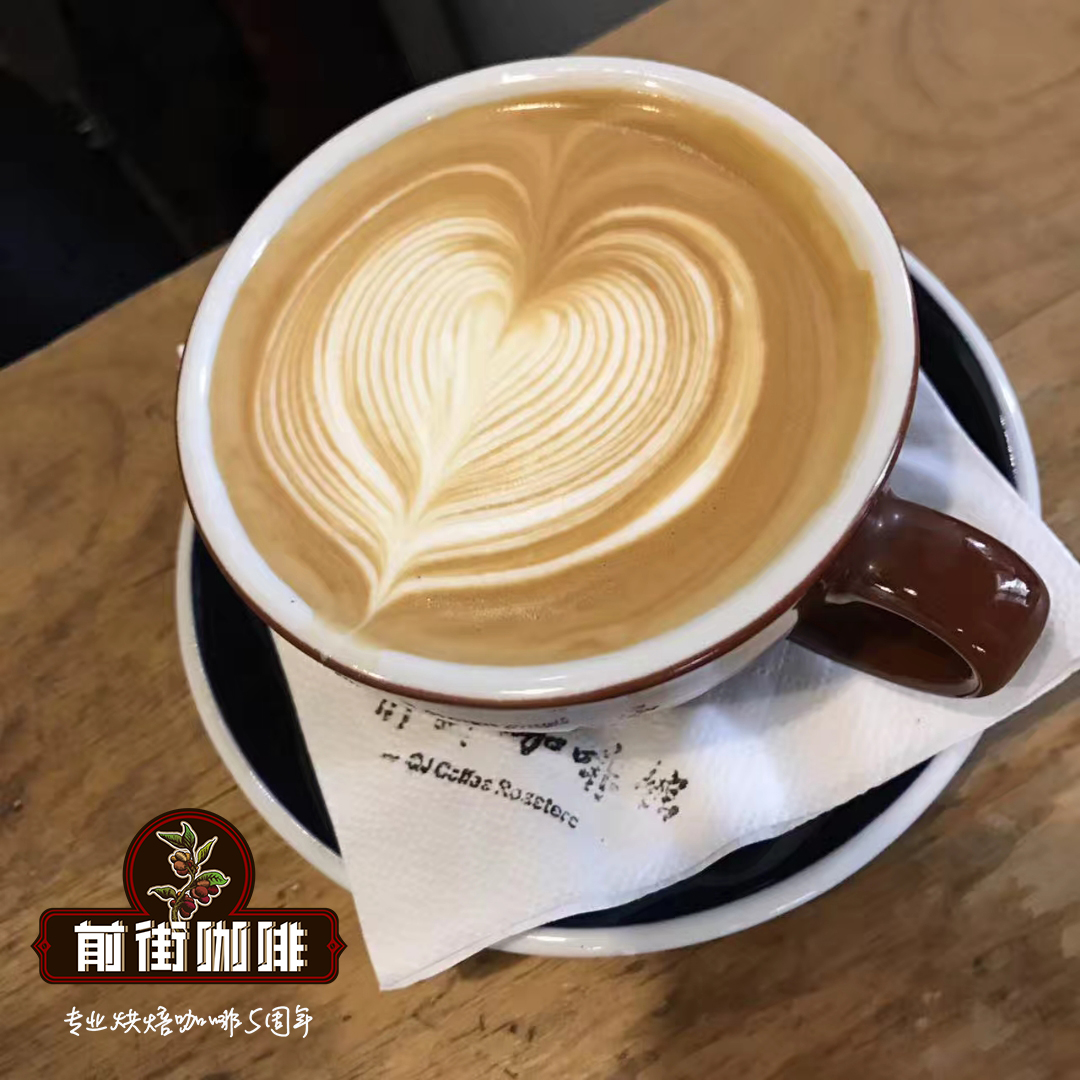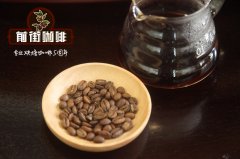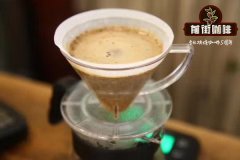What are the principles and rules of coffee extraction? how to make coffee is correct.

Professional coffee knowledge exchange more coffee bean information please follow the coffee workshop (Wechat official account cafe_style)
In the process of brewing coffee, extraction is to extract the particles from the coffee grounds into water. In order to understand this process, we need to review high school chemistry (sorry!) When you make coffee, you are creating a solution. Particles in coffee grounds or solutes are soluble in water, that is, solvents. You may remember that there are five things that affect the strength of the solution:
The ratio of solute to solvent
Solute size
Temperature of solvent
The duration of the mixture of the two substances
How much solution is stirred?
We will use as few chemical terms as possible to study how these factors affect extraction when brewing coffee. To understand their effect on the brewing process, we should first look at what is the ideal coffee solution.
The goal is to achieve 18% to 20% extraction.
About 30% of coffee is soluble in water, but this is not an ideal goal. Coffee tastes best when the extraction rate is 18% to 20%. Thankfully, you don't need a chemical laboratory to determine the extract of coffee. Anything below this dessert tastes sour, and more than 20% of the extract is bitter. If you reach the standard of 18% to 20%, your taste buds can tell. It will be sweet and delicious.
The ratio of coffee to water should be between 1:16 and 1:18 and should be kept constant
The ratio of coffee (solute) to water (solvent) can significantly affect the taste of coffee. Putting too little coffee in too much water will lighten the taste. However, making too much coffee with too little water does not make better coffee because the amount of soluble coffee in the water is limited.
Your coffee-to-water ratio should be kept constant, not used to correct underextraction or excessive extraction. The best way to ensure an appropriate, consistent ratio is to use an American specialty coffee association (SCAA) spoon, which will measure 10 grams. Or, you can use a kitchen scale, which can also measure your water.
The finer the grinding, the faster the extraction speed; the thicker the grinding, the slower the extraction speed.
The grinding setting determines the size of coffee particles (solutes), which affects the speed at which they are extracted. Finer grinding increases the surface area of the coffee, thus speeding up the extraction. Coarser grinding is used for brewing methods with longer residence time because it slows down extraction.
Different brew methods have different recommended grinding settings, but you can try to find your preferred settings. No matter what you choose, the grinding size should be the same; adding large and small coffee grounds to the same cup of coffee will lead to excessive and insufficient particles.
The ideal water temperature is between 195 and 205 degrees Fahrenheit.
The temperature of water (solvent) affects how much it can extract from coffee grounds. Water is a better solvent at higher temperatures, which is why hot brewing uses close to boiling water. For most brewing methods, the water temperature should be between 195 and 205 degrees Fahrenheit.
The whole batch of coffee tastes better than part of the automatic drip filter, which is designed to heat a whole pot of water to the right temperature.)
Although you want to use hot water, coffee should not be kept warm on a hot plate. The introduction of an external heat source will overcook the coffee and produce a scorched smell. On the contrary, the coffee will taste better if you keep it warm in a hot coffee can. They use the calories of coffee to keep it warm so that it doesn't burn.
Contact time determines how much is extracted, while different beers
How long the coffee is cooked will determine how much to extract, because the process takes time. The longer the coffee grounds come into contact with water, the more coffee will be extracted. Each method has a recommended gestation time. Check the brewing instructions below to find the recommended time for your favorite method.
How much mixing adds to the mixing of ground and water
Stirring increases the amount of ground mixed with water, thus affecting the speed of extraction. Simply watering the ground can stir them, which is enough in some ways. However, immersion brewing methods, such as French filter presses, should be stirred during residence time to evenly extract all powders.
Last
Few people think of all the chemicals involved in making coffee, especially when brewing coffee early in the morning. However, the whole process is a chemical process, and each of these factors will affect your final taste. Before you find the best extraction point of 18-20%, adjust one variable at a time. Finally, you will make perfectly extracted coffee.
END
Important Notice :
前街咖啡 FrontStreet Coffee has moved to new addredd:
FrontStreet Coffee Address: 315,Donghua East Road,GuangZhou
Tel:020 38364473
- Prev

Flavor characteristics of Blue Mountain Coffee beans suitable for hand-brewing Clifton Manor Blue Mountain Coffee Brand recommendation
Professional coffee knowledge exchange more coffee bean information please follow the coffee workshop (Wechat official account cafe_style) front street-individual coffee beans recommended Jamaica-Clifton Blue Mountain 1 introduction Blue Mountain Coffee is so famous all over the world that you have never heard of it. Well, the brand of coffee beans that Qianjie will recommend today is No. 1 Blue Mountain of Lifton Manor. This
- Next

Coffee brewing method introduces how to make chemex coffee elegant hand brew
Professional Coffee knowledge Exchange more information about coffee beans Please follow the sunshine of the chemex coffee machine in the coffee workshop (Wechat official account cafe_style) No matter what kind of wine you use (there are many choices), the general process is the same for most brewers. Pour hot water on the ground coffee beans. Of course, it's a little more complicated than that, but not much. Although you should
Related
- Beginners will see the "Coffee pull flower" guide!
- What is the difference between ice blog purified milk and ordinary milk coffee?
- Why is the Philippines the largest producer of crops in Liberia?
- For coffee extraction, should the fine powder be retained?
- How does extracted espresso fill pressed powder? How much strength does it take to press the powder?
- How to make jasmine cold extract coffee? Is the jasmine + latte good?
- Will this little toy really make the coffee taste better? How does Lily Drip affect coffee extraction?
- Will the action of slapping the filter cup also affect coffee extraction?
- What's the difference between powder-to-water ratio and powder-to-liquid ratio?
- What is the Ethiopian local species? What does it have to do with Heirloom native species?

